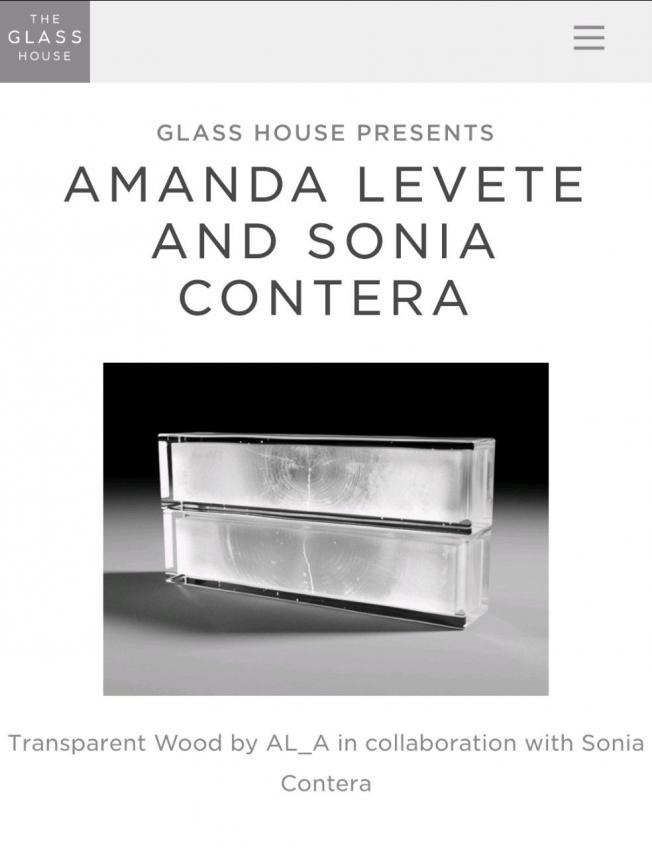Imaging the proteins pseudoazurin and apo-pseudoazurin on gold by STM in air: effect of the bias voltage.
Ultramicroscopy 91:1-4 (2002) 231-243
Abstract:
We have applied scanning tunnelling microscopy (STM) to the study of two proteins: pseudoazurin and apo-pseudoazurin. Both proteins adsorbed onto a Au (1 1 1) surface are visible to STM individually, forming into layers and multilayers, with currents from about 55 to 600 pA. The images reproduce well the expected dimensions laterally but not in the z direction. The apparent height of the proteins varies with the voltage polarity, being higher at negative sample voltages. The bias also affects their shape. Negative sample voltages of more than 1.5 V orient the proteins present on a gold terrace in parallel rows. The layer of water adsorbed on surfaces in ambient conditions can be related to our results to explain the reduced z dimensions, the asymmetry with the voltage polarity and the alignment of proteins at voltages more negative than -1.5 V.Scanning tunnelling microscopy images of the copper-containing amine oxidase from arthrobacter globiformis in the holo and apo forms adsorbed on gold under ambient conditions
Japanese Journal of Applied Physics, Part 1: Regular Papers and Short Notes and Review Papers 41:6 A (2002) 3916-3921
Abstract:
Dimeric Arthrobacter globiformis amine oxidase in the holo and apo forms adsorbed onto a Au (111) surface have been observed by scanning tunnelling microscopy (STM) under ambient conditions. Individual protein molecules denature as they adsorb onto a bare Au surface, although they keep a dual appearance. Tapping atomic force microscopy images of individual proteins correspond well with the STM ones in the lateral direction. STM voltage affects the distance between the units of the denatured proteins: negative voltages separate them while positive ones get them together. Disordered as well as ordered layers of apo and holo proteins have been resolved by STM at molecular detail level. Individual proteins lying on the layers present a compact and a distinct dimeric shape, apo dimers looking bigger than holo dimers.Atomic surface characterisation and modification of the layered compounds Bi2Se3, Bi1.9Sb0.1Se3 and Bi1.6Sb0.4Se3.
Ultramicroscopy 86:1-2 (2001) 55-61
Abstract:
In this work, we show atomic STM images of the layered compound Bi2Se3. We study the effect in the surface of the substitution of 5% and 20% of the Bi atoms for Sb in Bi1.9Sb0.1Se3 and Bi1.6Sb0.4Se3. The images of the three samples show similar trigonal structures corresponding probably to the van der Waals Se atoms. The distance measured between surface atoms in Bi2Se3 is 4.04 A, in Bi1.9Sb0.1Se3 is 4.16 A and in Bi1.6Sb0.4Se3 is 4.26 A. In Bi1.6Sb0.4Se3 some atomic sites appear brighter than others. The effect is accentuated at higher tunnelling currents and is not observed in the other compounds. Nanoscopic range depressions on the sample might be related to the skeletal crystal structure since the images show atomic corrugations that align slightly in one direction. We explain the results as the effects of the interactions between tip and sample, and discuss two interpretations: on the one hand, localised depression of the individual atomic sites, and on the other the possible elevation of the atoms of the surface due to a phase transition of the compounds induced by STM.Formation of nano-pyramids of layered materials with AFM.
Ultramicroscopy 82:1-4 (2000) 165-170



